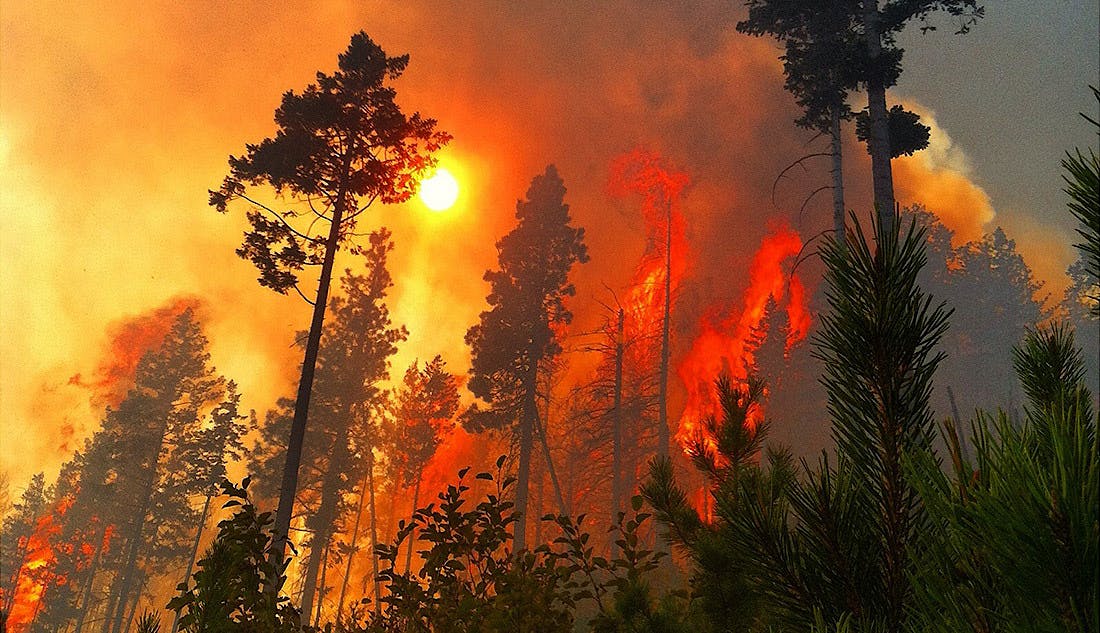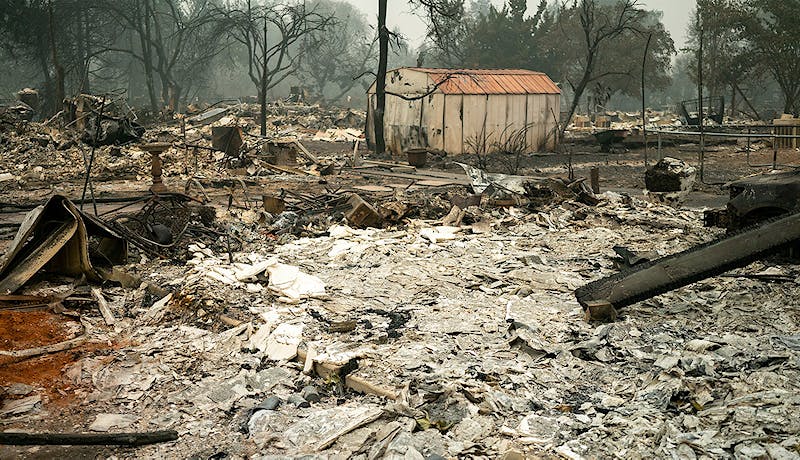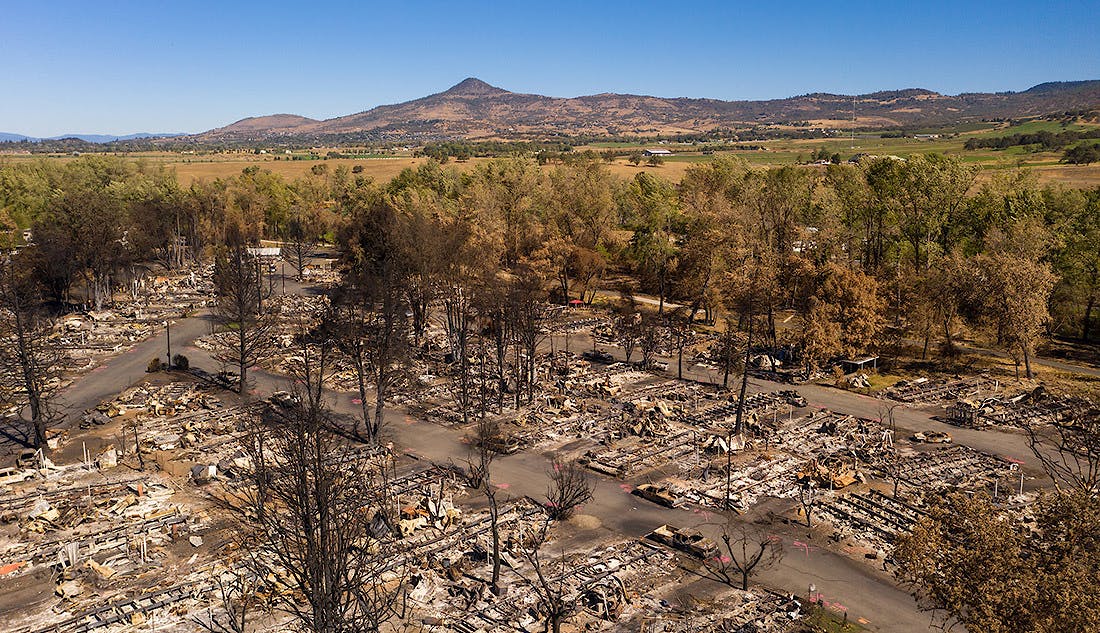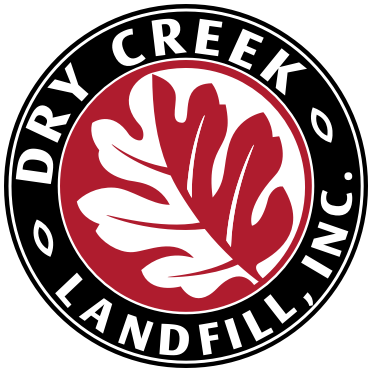Debris from Multiple 2020 Regional Wildfires

The Incidents
Over a span of multiple weeks beginning in early September of 2020, several devastating wildfires burned through southern Oregon and northern California.
- Almeda Fire, impacting Ashland, Talent, and Phoenix, Oregon
- Obenchain Fire, impacting Butte Falls, Oregon
- Two Four Two Fire, impacting Klamath County, Oregon
- Slater Fire, impacting Siskiyou and Del Norte Counties in northern California, and Josephine County, Oregon
The sheer size of these fires left an unprecedented amount of debris material — material that had to be safely disposed of so communities could begin to recover. Dry Creek Landfill took quick action to accommodate the need for proper management and safe disposal of this debris.

Key Stats
On September 8, 2020, the Almeda fire burned a 13-mile northern path in Jackson County, Oregon, beginning in Ashland before finally being stopped just south of Medford.
- Driven by winds over 40 mph, the Almeda fire burned more than 3,000 acres and destroyed an estimated 2,357 residential structures, including 1,748 manufactured homes
While firefighters were busy fighting the Almeda fire, the South Obenchain fire ignited less than 25 miles away.
- The Obenchain Fire burned 32,671 acres in Jackson County, Oregon and destroyed almost 90 structures in the cities of Shady Cover, Butte Falls, and Eagle Point
The Two Four Two Fire started on September 7, 2020, near Collier State Park in Klamath County, Oregon.
- The fire eventually covered more than 12,500 acres, with 70 structures damaged and 35 destroyed
The Slater Fire began on September 8, 2020, just north of the town of Happy Camp, California.
- The fire spread to more than 157,000 acres in Northern California and Southern Oregon. More than 700 structures were destroyed.

Share This
